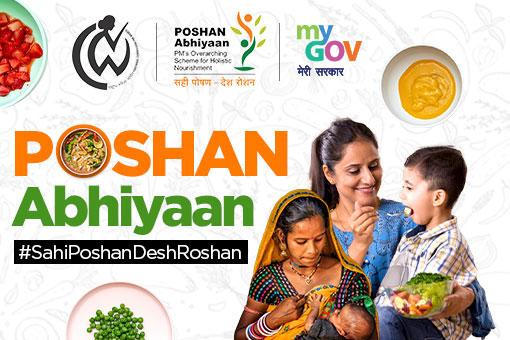Introduction to Poshan Abhiyaan
Poshan Abhiyaan, launched in 2018, aims to improve nutritional outcomes in India. This initiative is pivotal in achieving the Sustainable Development Goals (SDGs), particularly SDG 2, which focuses on ending hunger and improving nutrition.
Components of Poshan Abhiyaan
The program encompasses a multi-faceted approach to tackle malnutrition. By integrating various sectors such as health, education, and sanitation, Poshan Abhiyaan seeks to provide a holistic solution to nutritional challenges in India.
Target Groups
The main focus is on children, pregnant women, and lactating mothers. By emphasizing these vulnerable groups, Poshan Abhiyaan addresses the critical stages of growth and development that are essential for future health outcomes.
Implementation Strategies
Community engagement is a cornerstone of Poshan Abhiyaan’s implementation strategy. Local participation ensures that the nutritional needs of specific populations are met while fostering a sense of ownership and accountability among communities.
Technology and Innovation
Technological advancements play a significant role in monitoring and evaluating progress. The use of data analytics and mobile applications helps streamline the delivery of services and track nutritional status effectively.
Impact of Poshan Abhiyaan
Early results show a promising decline in malnutrition rates across various states. Continuous monitoring and adaptive strategies are vital in sustaining these improvements and achieving long-term goals.
Challenges Ahead
Despite progress, challenges remain in reaching the most marginalized populations. Ongoing efforts are necessary to ensure inclusiveness and that no one is left behind in the pursuit of better nutrition.
Conclusion
Poshan Abhiyaan represents a significant commitment by India toward achieving the SDGs. For more information on how this initiative is shaping the future of nutrition in India, visit Poshan Abhiyaan.

